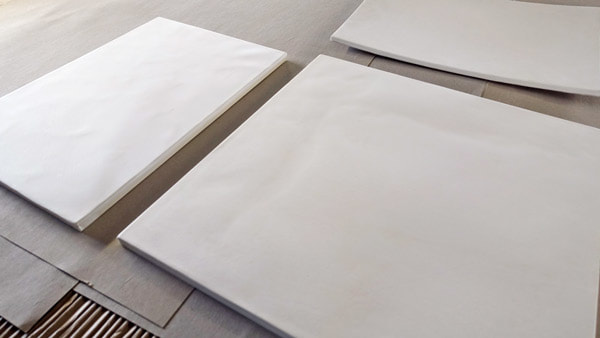
Modern books are divided into paperback or softback and those bound with stiff boards, called hardbacks.


A codex, much like the modern book, is bound by stacking the pages and securing one set of edges by a variety of methods over the centuries, yet in a form analogous to modern bookbinding. The term codex is often used for ancient manuscript books, with handwritten contents. Instead of being composed of sheets of paper, it used sheets of vellum, papyrus, or other materials. If you tighten your head it will raise your action because the banjo ‘Bridge’ will move with the head, and likewise if you slacken your banjo head your action will lower.The codex (plural codices / ˈ k oʊ d ɪ s iː z/) was the historical ancestor of the modern book.
#Define vellum full#
The natural vellum has a warm, mellow full bodied banjo sound, the down side being that it is considerably affected by temperature and humidity! On a warm day the head tightens, on a damp day the head slackens, all this affects the action of your banjo, so you have to consider the following when experimenting with different banjo heads. The natural vellum is the traditional banjo head that was the only one available head during the late 1800s and early 1900s. This thicker head gives a mellow tone with lots of depth (bass response) and excellent sustain. This head will give your banjo a clear bright tone with excellent quality of depth and sustain. This head has a smooth opaque top with an attractive honey colour. Unlike a natural vellum, the Fiberskyn head is not affected by damp weather and humidity. This thicker finished head has a quieter, warm and rounder ‘plunkier’ sound that is favoured by old time, clawhammer and frailing players.
#Define vellum skin#
This head has fibres sprayed onto the top of the head, which also gives it a look of a natural skin vellum. Another little tip if you don’t like the feel of the frosted top around the areas where your hand touches the head, and one that I do myself, is to lightly sand the head with a piece of smoothish grade (350) wet and dry. The frosting also helps to anchor the bridge in place and gives extra stability to the player that rests one or two fingers of his or her picking hand on the head. The spray finished frosted top gives the banjo a crisp bright tone with good depth and distinct note separation, not too much sustain and overtones. This head is the most popular with 5-string banjo players and is the first choice for most bluegrass banjos. The spray coated / frosted bottom gives good bass and more depth of tone than a clear head. This head is popular with tenor and plectrum banjo players in that the smooth top of the head is not offensive to the brushing of the hand over the head, it is quieter when they strum their banjo and pass their hand or plectrum over the head in the process. A consideration when choosing this head is that you will be able to see directly into the ‘pot’ of your banjo exposing all the inside workings! Smooth Top – Frosted Bottom

This uncoated head will give a loud, bright thinner sound but with excellent sustain. The choice of banjo head and the tension that you apply will influence your banjo’s tone and volume level. In general a slack head is plunky with more depth of tone, whilst a tight head is brighter with a sharper tone. The banjo head is tensioned like a drum and gives a different sound to the banjo throughout its tension range. This head is supplied in different finishes/coatings, each of which gives the banjo a different sound. The most popular modern banjo head is the mylar type plastic head. There are many types of Banjo Heads in differing materials and finishes. Banjo Heads, Frosted Top, Mylar, Fiberskyn, Renaissance, Remo, Calf Skin all explained by Eagle Musicįor simplification we shall refer to it as the BANJO HEAD.


 0 kommentar(er)
0 kommentar(er)
